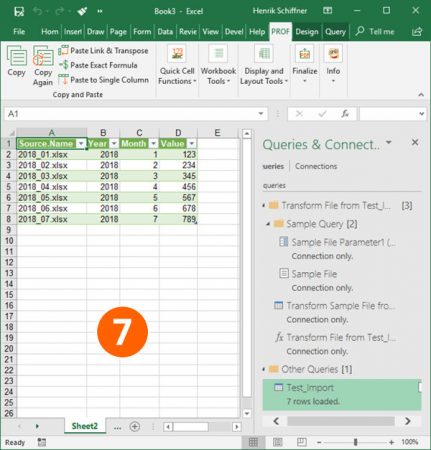Excel Summary Wizard: Merge Data from Sheets Easily

In today's data-driven environment, mastering the art of merging data from different sheets in Microsoft Excel is a fundamental skill that can significantly enhance your productivity. Whether you're consolidating monthly sales reports, comparing customer data, or just trying to bring together separate datasets, the ability to merge data efficiently can save you countless hours. This comprehensive guide will walk you through the process of merging data from different Excel sheets with ease, focusing on practical methods and avoiding common pitfalls.
Why Merge Data in Excel?

Before we delve into the techniques, it’s worth understanding why merging data is important:
- Consistency: It ensures all related data is in one place, making analysis more coherent.
- Efficiency: It reduces the need to manually copy and paste data, which can be time-consuming and prone to errors.
- Data Analysis: With all data in one place, complex analyses become more straightforward.
- Reporting: Merged data allows for more comprehensive reporting, as you can see all relevant data at once.
Methods to Merge Data in Excel

1. Using Consolidate Feature

The Consolidate feature in Excel is incredibly useful for merging data from multiple sheets:
- Select the worksheet where you want the merged data to appear.
- Go to the Data tab > Data Tools group > Click on Consolidate.
- In the dialog box, choose the function (e.g., Sum, Count, Average) for how data should be combined.
- Select the range for the first dataset. Click Add.
- Repeat the process for each worksheet, ensuring you’re adding all relevant ranges.
- Choose whether to link to the source data or just consolidate the values.
💡 Note: Ensure that your source data ranges in each sheet are structured similarly for the consolidate feature to work properly.
2. Using VLOOKUP or INDEX/MATCH

If you’re dealing with data where you need to match and merge based on a specific key, functions like VLOOKUP or INDEX/MATCH are your best friends:
- VLOOKUP: For simple lookups where you need to fetch data from one column based on a key in another.
- INDEX/MATCH: This combination is more flexible and can match rows and columns, making it ideal for merging complex data sets.
3. Using Power Query

Power Query provides an advanced way to merge data, especially useful for large datasets:
- Go to the Data tab, click on Get Data, and choose From Other Sources > Blank Query.
- In the query editor, click Home tab > Advanced Editor, and write M code to fetch data from various sheets.
- Once the data is loaded, use the Merge Queries function to combine datasets.
- Choose the columns to merge by, then customize the merge process with joins (e.g., Inner, Outer, Left, Right).
4. Creating a Master Table

Sometimes, the simplest solution is to manually create a master table:
- Open a new sheet and structure your master table.
- Use functions like =Sheet1!A1 or =INDIRECT(“Sheet1!A1”) to dynamically reference data from different sheets.
🔍 Note: Using INDIRECT() for references can be slower in larger workbooks; consider using direct cell references for smaller datasets.
Tips for Effective Data Merging

- Maintain Data Consistency: Ensure all sheets follow the same data format and structure.
- Use Named Ranges: Helps in easily referencing data across sheets.
- Backup: Always keep a backup of your original data before merging.
- Documentation: Document the merging process, especially if it involves complex queries or steps.
Conclusion

Merging data in Excel isn’t just about bringing data together; it’s about creating a coherent, efficient, and comprehensive dataset that allows for easier analysis, reporting, and decision-making. By understanding and utilizing the different methods of data merging—ranging from simple functions to more advanced tools like Power Query—you can handle even the most complex data integration tasks with confidence. With these techniques at your fingertips, you’ll be well-equipped to navigate through the sea of data, making informed decisions based on consolidated and well-structured information.
Can I undo the merge of data in Excel?

+
No, merging data in Excel does not have an undo feature, so always keep backups before merging.
Is there a limit to the number of sheets I can merge data from?

+
Technically, no, but Excel’s performance might degrade with very large datasets or too many sheets.
What’s the best method for merging data if the datasets are large?

+
For large datasets, Power Query offers the most efficient way to merge data, handling millions of records with ease.
How can I ensure data integrity when merging from multiple sheets?

+
Check for consistency in data types and formats across sheets. Use validation rules where possible, and always verify the merged data for accuracy.